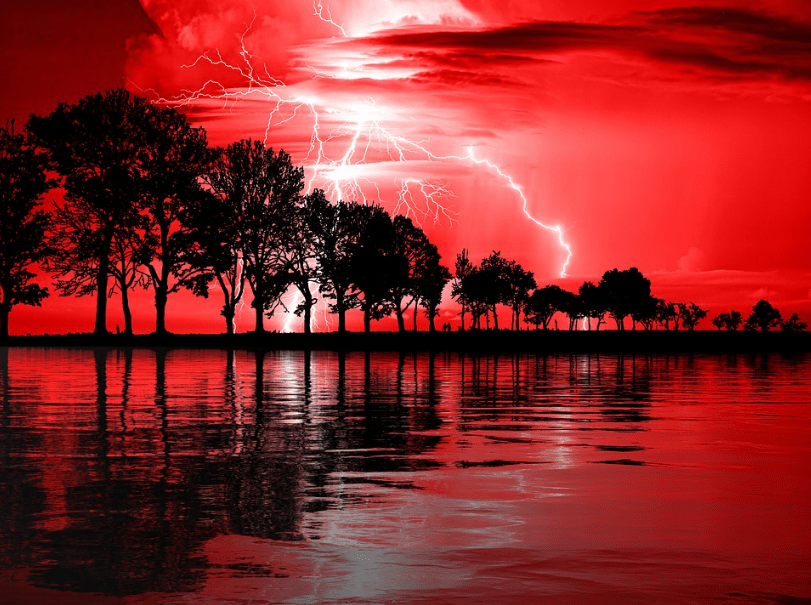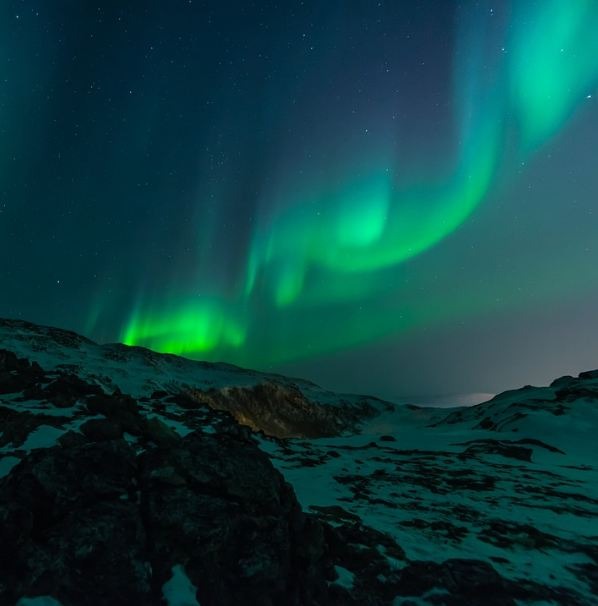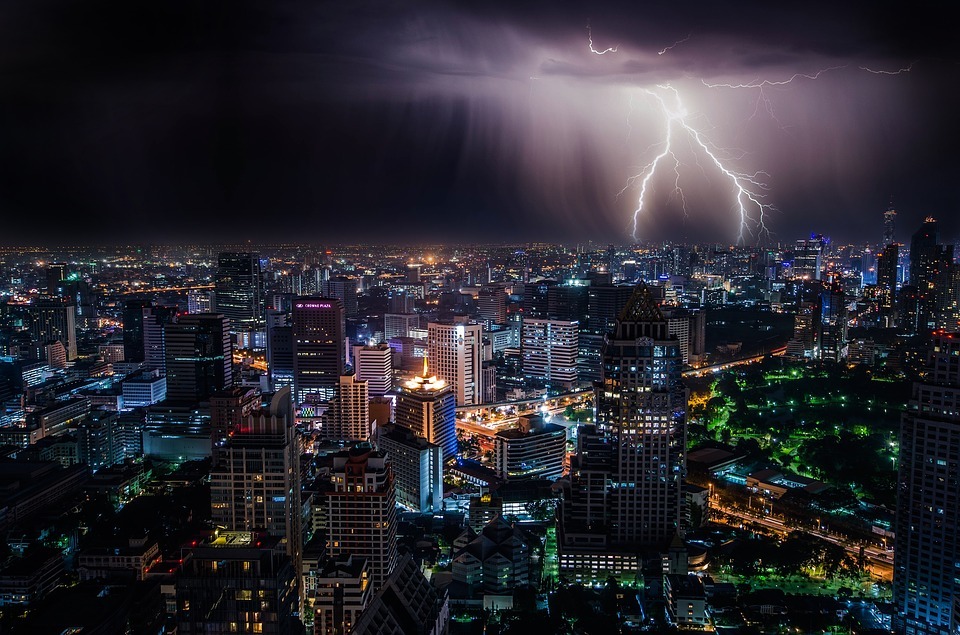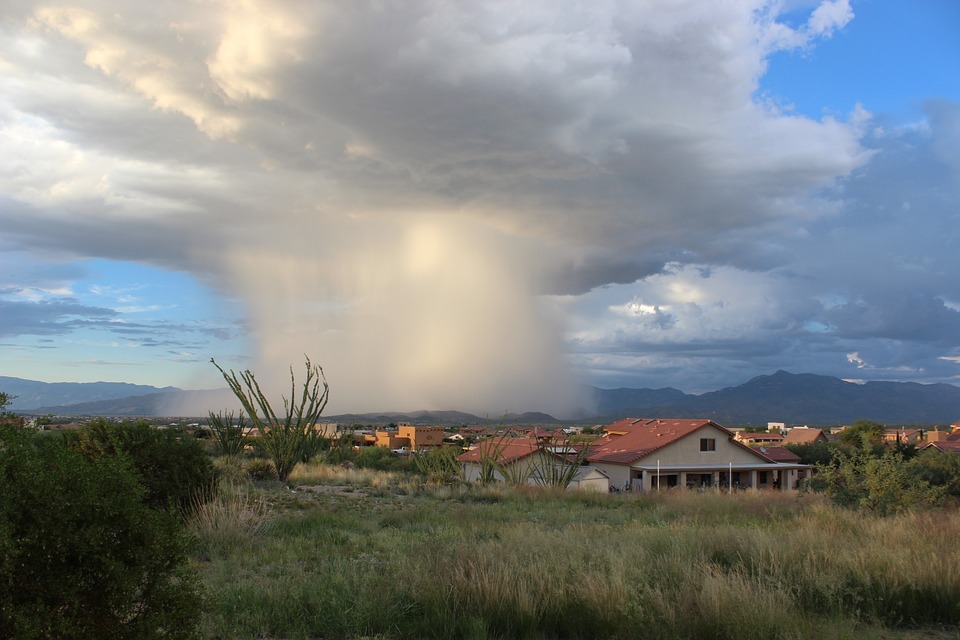What Causes Heatwaves in Cool Climates?

In cooler climates, you're experiencing heatwaves due to high-pressure systems that trap warm air, and shifts in the jet stream that block cooler air, causing prolonged heat periods. Climate change exacerbates this by increasing the frequency and intensity of these events. Urban areas are hit harder because concrete and asphalt absorb and retain heat. Longer daylight hours and clear skies also elevate temperatures. Intrigued by how these factors work together and what can be done about it? Stay with us to uncover more.
Key Takeaways
- High-pressure systems trap warm air near the surface, leading to prolonged periods of excessive heat.
- Jet stream variations create persistent high-pressure systems that block cooler air masses.
- Climate change increases the frequency and intensity of heatwaves in traditionally cooler regions.
- Lack of cloud cover during high-pressure conditions increases solar radiation exposure, raising ground temperatures.
- Seasonal factors like longer daylight hours and higher sun angles in summer intensify heat in cooler climates.
Definition of Heatwaves
Heatwaves, frequently defined by meteorologists, are periods of excessively hot weather that last for two or more days with temperatures considerably above the historical averages for a region. In cooler climates, defining a heat wave involves specific local standards. For instance, temperatures must exceed 90°F (32°C) for three consecutive days to qualify as a heat wave.
When you're experiencing a heat wave in a cooler climate, it's crucial to take into account both temperatures and humidity levels. While high temperatures alone can be challenging, the presence of humidity makes it even harder for your body to cool down, exacerbating heat stress. This combination can be particularly dangerous, affecting not only individuals but also entire ecosystems.
The World Meteorological Organization has standardized heat wave definitions globally by using temperature anomalies that account for local climate contexts. This means a heat wave in one region might look different from one in another, even if the temperatures are the same. Each area has specific thresholds and durations to classify heat waves accurately, ensuring that you comprehend the severity based on where you live.
Understanding these definitions helps you better prepare and respond to the extreme conditions that a heat wave brings.
Role of High-Pressure Systems
When discussing the causes of heatwaves in cooler climates, it is crucial to understand the role of high-pressure systems. These systems are characterized by descending air and clear skies, which trap warm air near the surface and prevent cooler air from mixing in. This phenomenon is a major factor behind heat waves, leading to periods of abnormally hot weather.
High-pressure systems can remain stationary for extended periods, causing temperatures to rise considerably above average. In cooler climates, this can result in surprisingly warm temperatures, especially during summer months. When these systems persist, local temperatures can exceed historical norms, creating prolonged periods of excessive heat.
The stability of high-pressure systems contributes to stagnant weather patterns. This lack of movement limits cloud cover and reduces precipitation, intensifying the effects of heat waves. Furthermore, the descending air associated with these systems undergoes adiabatic warming, further increasing surface temperatures. This effect makes heat waves even more intense in typically cooler regions.
Climate Change Impact
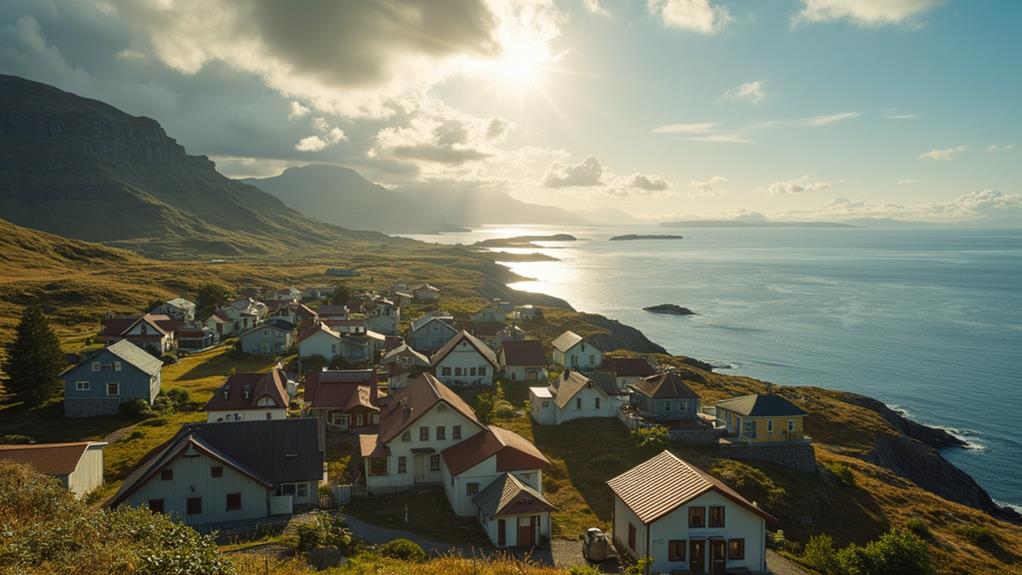
Witnessing the effects of climate change, you'll notice an uptick in both the frequency and intensity of heat waves, even in traditionally cooler climates. Rising global temperatures and shifting weather patterns are key contributors. If greenhouse gas emissions remain high, the National Climate Assessment predicts that many regions, including cooler areas, could experience 20-30 more days over 90°F by mid-century.
As the atmosphere warms, heat domes—high-pressure systems that trap warm air—become more frequent in these cooler climates, leading to unexpected and prolonged periods of excessive heat. This phenomenon is a direct consequence of climate change, which alters atmospheric conditions and promotes the formation of these domes.
In urban areas, the urban heat island effect exacerbates the situation. Cities in cooler regions can experience notably higher temperatures than nearby rural areas, sometimes by as much as 1-7°F. This is due to the concentration of buildings, roads, and other infrastructure that absorb and retain heat.
The combination of climate change and these atmospheric conditions has led to record-breaking temperatures in regions not typically associated with extreme heat, highlighting the widespread impact of global warming on our planet.
Jet Stream Influence
In conjunction with the effects of climate change, the jet stream plays an essential role in causing heatwaves in cooler climates. The jet stream, a fast-flowing air current in the upper atmosphere, can create persistent high-pressure systems that block cooler air masses from moving into the region. This results in prolonged periods of heat.
Variations in the jet stream's path, often influenced by climate change, can cause it to become wavier. When this happens, warm air gets trapped over cooler regions, leading to heat waves. One specific phenomenon is the "heat dome," which occurs when the jet stream dips southward. This dip compresses and traps warm air, greatly raising surface temperatures.
Changes in the jet stream dynamics can result in extreme temperature anomalies. Temperatures can rise greatly above seasonal averages, causing heatwaves even in typically cooler climates. Studies indicate that global warming-induced shifts in the jet stream patterns may increase the frequency and intensity of heatwaves in higher latitudes. These areas traditionally enjoy cooler temperatures but are now more vulnerable due to the jet stream's altered behavior.
Understanding the jet stream's influence is vital in grasping why heatwaves occur in places where they're least expected.
Urban Heat Island Effect
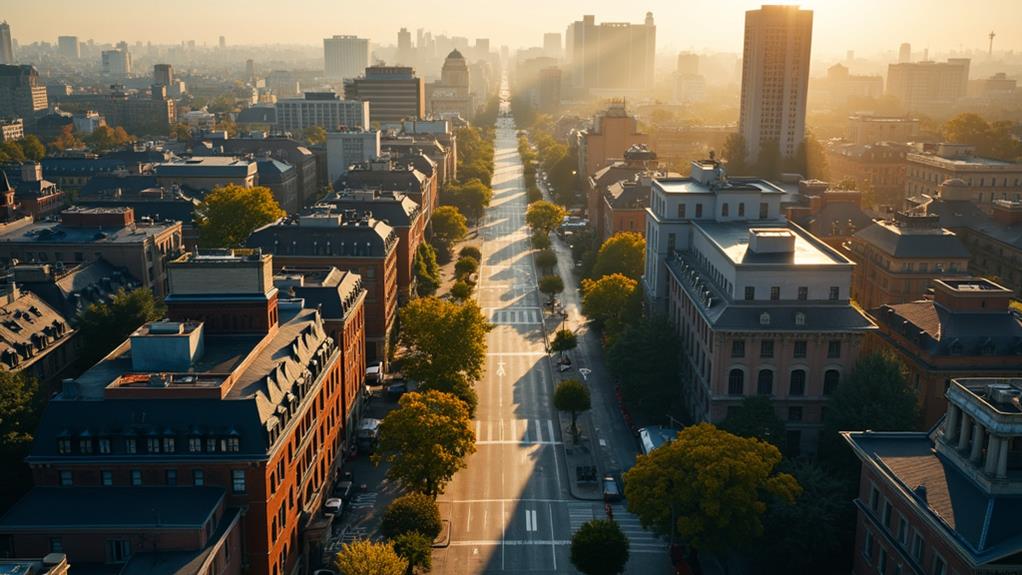
The urban heat island effect, resulting from dense human activities and infrastructure, makes urban areas noticeably warmer than their rural surroundings. You'll notice that cities often experience higher temperatures due to surfaces like asphalt, concrete, and buildings absorbing and retaining heat. At night, these urban areas can be 1-7°F warmer than nearby countryside, leading to localized heat waves even in cooler climates.
Urbanization plays a big role here. By reducing vegetation and green spaces, cities lose the natural cooling effects of shade and evapotranspiration. This heat retention exacerbates the urban heat island effect, making summers particularly harsh. Increased temperatures in cities can drive up energy consumption by 20-30% during hot months as people rely more on air conditioning.
The urban heat island effect doesn't just make you uncomfortable; it poses serious health risks. During heat waves, cities can become dangerously hot, putting vulnerable populations like the elderly, young children, and those with pre-existing health conditions at greater risk. Understanding this phenomenon helps you see why urban planning and green initiatives are essential for mitigating these heat impacts and protecting those most susceptible.
Atmospheric Conditions
High-pressure systems often play a vital role in causing heatwaves in cool climates. When you're dealing with these systems, they trap warm air and prevent it from escaping, leading to prolonged periods of increased temperatures. This is why you might experience several consecutive days where the temperature exceeds 90°F (32°C), even in regions that usually stay much cooler.
Another factor is the jet stream, which can shift and allow warm air to move into areas that are typically cooler. When the jet stream positions itself just right, it creates a pathway for this warmer air, resulting in the unusual heat events you might notice.
Additionally, adiabatic warming comes into play. As air descends from higher altitudes, it compresses and warms up by the time it reaches the ground. This process can greatly exacerbate the heat conditions you're experiencing.
During these heatwaves, the lack of cloud cover is also a big deal. Without clouds, there's more solar radiation hitting the ground, which further raises temperatures. Seasonal factors, such as longer daylight hours and a higher sun angle in summer, can make these atmospheric conditions even more pronounced, intensifying the heat in your typically cooler climate.
Examples of Heatwaves
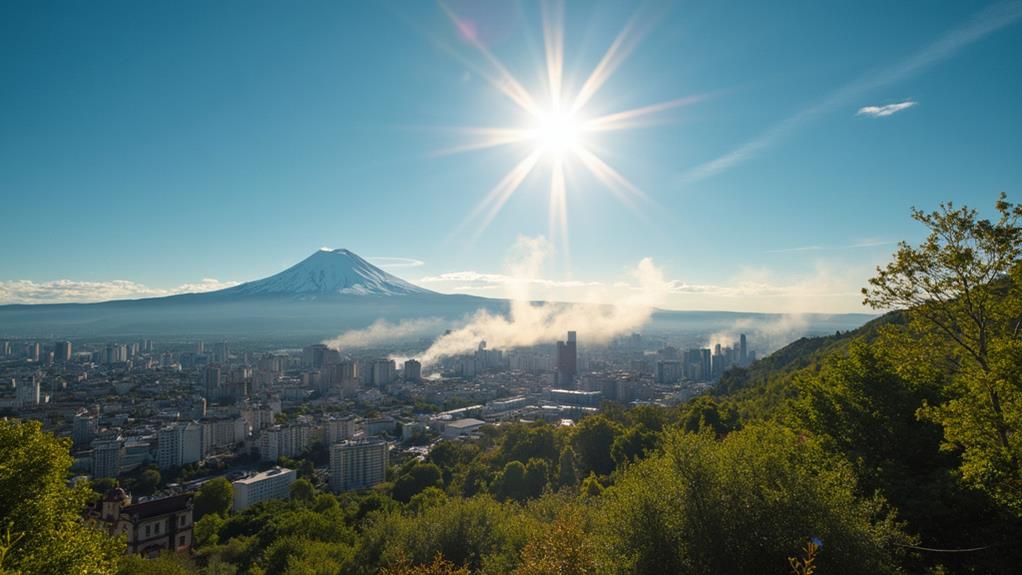
You might be surprised to learn that heatwaves can strike even the coolest of climates. For instance, Western Canada experienced record-breaking temperatures in 2021 due to a high-pressure system trapping warm air near the surface. This led to prolonged heat waves, pushing temperatures to unprecedented levels. In 2019, Europe saw a similar phenomenon, with France reaching a sweltering 46°C (115°F), far above the average and severely impacting public health and agriculture.
The UK isn't immune either. In July 2022, the UK recorded its hottest day ever, with temperatures surpassing 40°C (104°F). This unusual spike highlighted how even traditionally cooler climates can suffer from extreme heat. Moving north, the Northwest Territories of Canada saw unprecedented temperatures of 38°C (100°F) in 2023, showing that heat waves are becoming more frequent in northern regions.
These extreme heat events often lead to severe impacts on infrastructure and public health. For example, the 2003 European heatwave resulted in over 70,000 heat-related deaths. As climate change continues to alter weather patterns, the occurrence of heat waves in traditionally cool climates is expected to rise, making awareness and preparedness essential.
Mitigation Strategies
Experiencing heatwaves in traditionally cool climates might seem unexpected, but their increasing frequency highlights the urgent need for effective mitigation strategies. Initially, implementing heat action plans that include public awareness campaigns is essential. These campaigns can educate communities about the dangers of heat waves and how to prepare for extreme temperatures. When people know the risks and necessary precautions, they can better protect themselves and their families.
Another important strategy is establishing cooling centers in urban areas. These centers provide safe havens for vulnerable populations, such as the elderly and low-income individuals, during heat waves. By offering a cool environment, cooling centers greatly reduce health risks associated with extreme heat.
Urban planning also plays a key role. Enhancing green spaces and tree canopies can mitigate the urban heat island effect, helping to lower temperatures in city areas. This not only makes cities more livable during heat waves but also contributes to general environmental health.
Monitoring and forecasting heat events allow local authorities to issue timely warnings and mobilize resources effectively. Community programs that check on at-risk individuals guarantee that vulnerable populations receive the necessary support and resources, further safeguarding public health during extreme heat conditions.
Frequently Asked Questions
What Are the Main Causes of Heat Waves?
Did you know that the frequency of heat waves has increased by 50% over the past few decades? Heat waves mainly occur due to high atmospheric pressure trapping warm air. Climate change plays a significant role, intensifying these events by raising global temperatures. Urban heat further exacerbates the problem, as cities absorb and retain more heat. These combined factors contribute to the rising occurrence of heat waves.
What Weather Conditions Cause a Heat Wave?
You experience a heat wave when humidity levels rise and atmospheric pressure increases, trapping warm air close to the ground. Urban development exacerbates this by creating heat islands where buildings and roads absorb and re-emit heat, making cities even hotter. Without cooler air moving in due to stagnant weather patterns, the heat persists, resulting in prolonged high temperatures and discomfort.
What Causes Heat Waves in the Winter?
You might wonder what causes heat waves in the winter. Winter warming trends often result from unusual atmospheric patterns, including disruptions in the polar vortex. These disruptions allow warmer air masses to move into typically cooler regions. High-pressure systems can trap this warm air, leading to abnormally high temperatures. Furthermore, the urban heat island effect can further raise temperatures in cities compared to surrounding rural areas.
What Is the Science Behind Heat Waves?
When you hear "heat waves," think "perfect storm." Atmospheric pressure systems trap warm air, leading to prolonged heat. Climate change cranks up the intensity and frequency of these events. Urban heat islands, caused by human activities and infrastructure, make it worse in cities. The science shows that as our climate shifts, these factors combine to create severe heat waves that can be hard to beat.

